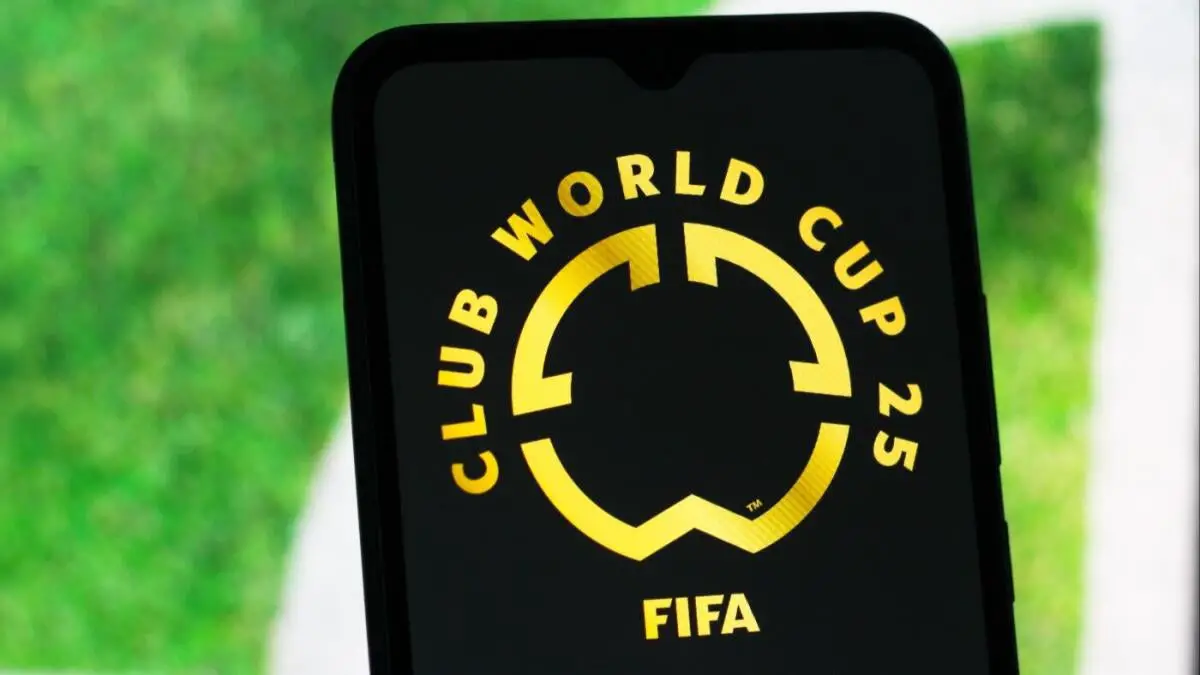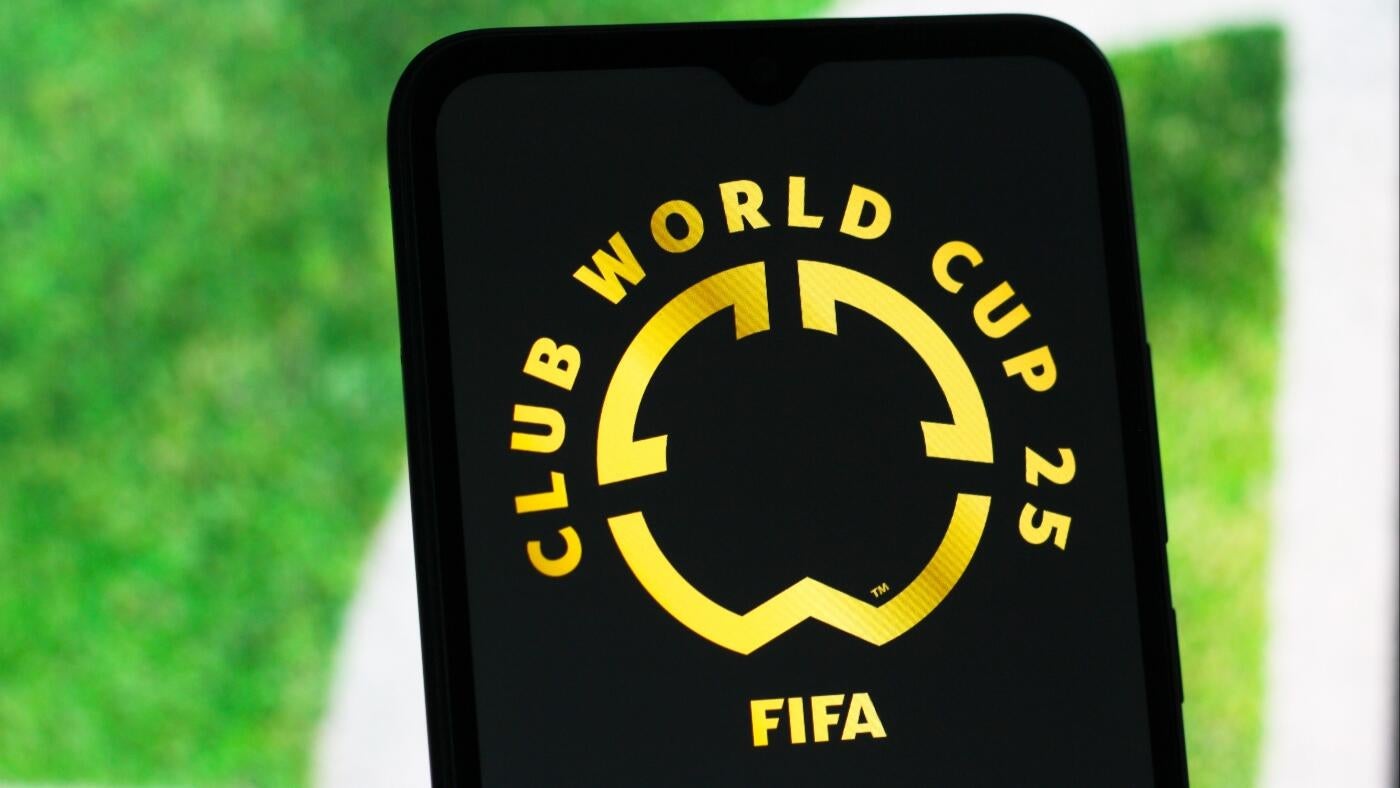

2025 Club World Cup: New rules include referee body cams, punishments for keepers who waste time and more
2025 Club World Cup: New rules include referee body cams, punishments for keepers who waste time and more

With the club World Cup that starts on Saturday, FIFA will try a number of new things when it comes to how referees will be set up during the tournament. A big addition is that referees will wear body cams that are attached to the ears they use to communicate. During broadcasts, the bodycams are used to give fans a picture of what the referee sees during a match and although the display will also be available for VAR use, FIFA head of the official Pierluigi Collina is not necessary because the camera does not record anything that the referee cannot see with their own eyes.
Did you know that you can view the entire 2025 FIFA Club World Cup live on Dazn (free)?
The camera angle will not be used in controversial situations for highlights, and although it is unclear what that means, this test run offers visibility to the broadcast that has not been seen before and is something that can ultimately be used more, depending on how it goes. Some tests such as announcements in the stadium are regularly incidents after a successful test run, and this can be something that ultimately has a similar impact. This change, together with others, was approved by the International Football Association Board prior to the club World Cup.
“We said that, let’s say, we want to offer a new experience to TV viewers,” Collina said. “We want to show something, let’s say, entertaining. I don’t think we should always think of the controversial or potentially controversial incidents in the field of playing.”
The images are checked before they are shown instead of broadcasting live, but it is one of the many new initiatives that will be revealed during the summer tournament in the United States. Together with VAR decisions announced in stadiums, there will also be a shift that the images that a referee assesses are shown live in the stadium during the assessment.
Let’s look at some of the other changes
Advanced semi-automated offside
Although semi-automated exterior is nothing new in this tournament, there will now be a distinction between when something has to go to a review versus a close offsides scenario. Each stadium has 16 following cameras, and there is a sensor in the ball, both of which can follow the players and the ball. The system will inform the assistant referees if there is a clear offside incident with complex or close violations that still have to be assessed by VAR and the manager. This is a change that may reduce the amount of time required to assess offside, but only time will tell the impact here.
A rule of eight seconds for keepers
Although there is currently a rule that a keeper has to release a ball within six seconds after picking up, this can be the least enforced rule throughout football. To change that, there was discussion with keepers to settle at a suitable moment that they have to hold the ball. That agreement was at eight seconds and if a keeper holds it longer, a corner must be granted to the opposition. It will still be a subjective enforcement with things such as how much effort is eligible in a rescue, but something like that could see the pace of competitions collect because keepers are unable to fall down and waste so much time.
The double touch
There are now two different penalties for a penalty kick, depending on whether it was supposed to have been intentional or coincidental. If it is a casual take where two touches take place, the kick will be recaptured without repercussions to the penalty contractor, but if it is considered intentionally, the penalty will become void. After Atletico Madrid Julian Alvarez’s penalty kick in the round of 16 of the Champions League versus Real MadridThis was a hot topic.
Football



